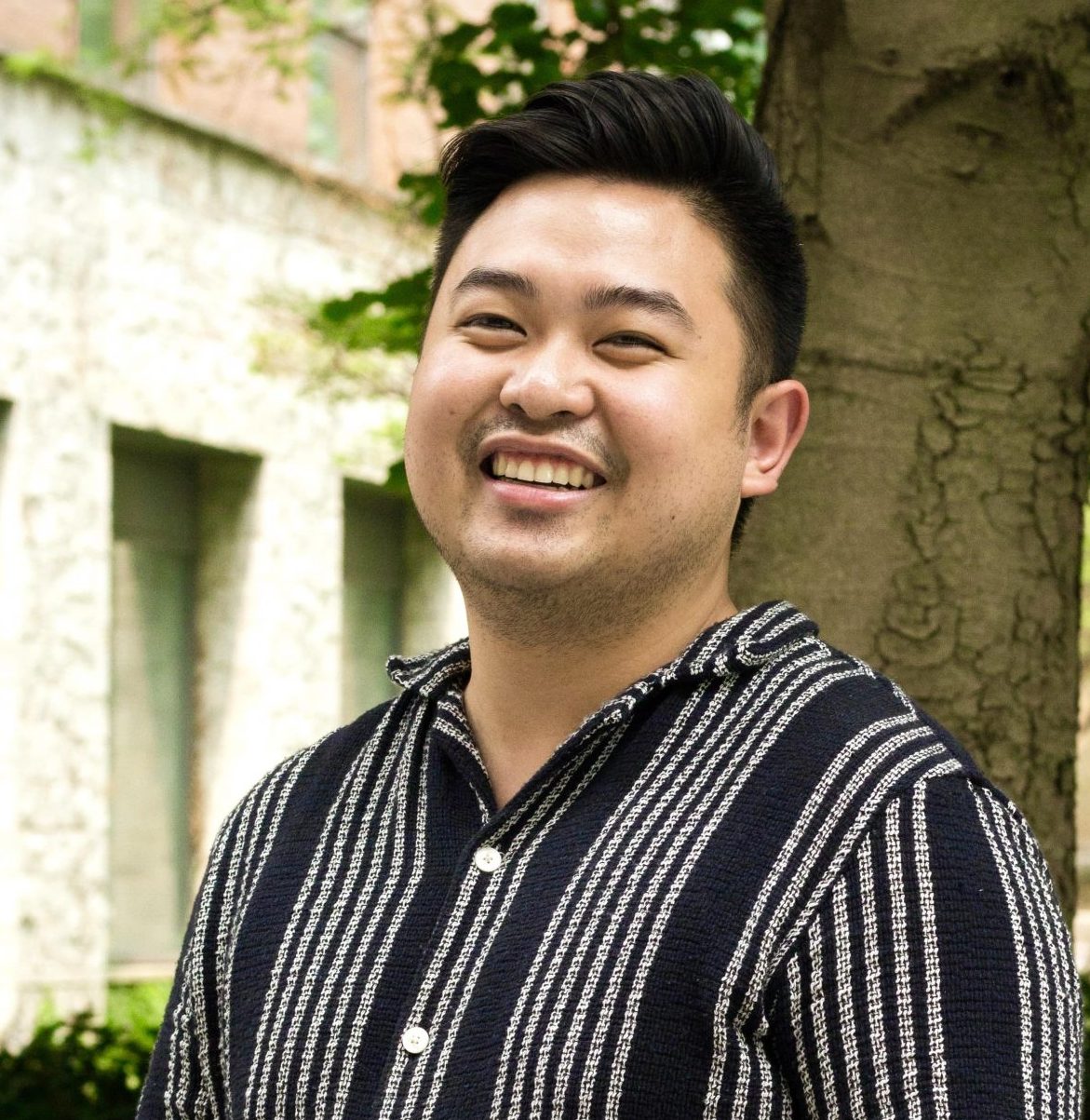As part of an ongoing dialogue about anti-Black racism in Canada, the School of Cities at U of T premiered a documentary about how Canadian city planning harms Black communities. Lois, Cheryl and Paul attended the film screening and reflected on the importance of shared responsibility in advocacy and equitable consultation—things that are important to the work at the Innovation Hub.
Written by Lois Lee, Blog Editor & Digital Content Writer, Master of Information, User Experience Design and Archives & Records Management
I attended the Nothing For Us, Without Us film screening with fellow Innovation Hub team members, Cheryl and Paul, because I was personally interested in learning about equity-focused initiatives on a wider scale. This mini documentary explores how anti-Black racism manifests in urban planning through the lens of three Canadian cities: Little Jamaica in Toronto, Hogan’s Alley in Vancouver, and Africville in Nova Scotia. Directed by Ricardo Lopez-McDonald, a Creative Content Associate from the School of Cities, the documentary featured commentary and analyses from a panel of city planning experts who also attended the event for a Q&A discussion after the screening.
Our work at the Innovation Hub has always been driven by human-centered design and community co-creation, and I felt as though it was important to think about these methods in other contexts. Considering that I didn’t know a lot about urban planning, I was eager to learn how we can advocate for anti-oppressive practices in city developments.
Reassessing Issues in Our Communities
As someone who has lived in Toronto their entire life, I found that the film really challenged my perception of the city. When the documentary discussed how the delayed construction of the Eglinton Crosstown LRT was harming business in Little Jamaica, I realized that not everyone is impacted by big city projects in the same way.
I always heard about how the LRT’s construction was inconvenient for commuters, but I wasn’t aware that the congestion discouraged customers from visiting the established restaurants, barber shops, and music stores in the area. The lack of business caused by construction damaged the income, livelihood, and cultural preservation of these businesses, many of which have also been forced to shut down. This meant that Black-owned businesses were suffering the most from the LRT project. The fact that communities in Little Jamaica have dealt with the construction for the past 10 years, and must continue to cope because it’s still delayed, revealed to me how persistent this issue truly is.
As someone who really values solidarity, this documentary revealed to me that we shouldn’t choose to just coexist with these realities. After hearing more about anti-Black urban planning in Toronto, I learned that it’s important for me to reflect on my relationship to the city. This means that, although I’ve had fortunate experiences growing up in Toronto, I should build my own awareness of what is happening in neighbourhoods beyond just where I live or go to school. The film’s insights motivated me to look deeper into systemic issues that run through city development projects and how this directly impacts Black communities.
Leveraging Marginalized Positions
Cheryl and Paul also shared their biggest takeaways from the event, reflecting on the importance of community-led initiatives in addressing anti-Blackness in urban planning and beyond. First, Cheryl highlighted how many members of Black communities, including the panelists at the event, are persistently trying to push back on these issues, despite a lack of access to broader resources.
Cheryl: My favorite part of the event was definitely the speaker panel. After a few years of being steeped in academia, I really valued hearing from the speakers with experience working in community. A specific moment that sticks with me is when Mapfumo Chidzonga, a community engagement specialist based in Halifax, spoke about one of his past experiences working in an EDI office. Chidzonga explained that he and his colleagues would jokingly refer to themselves as the “office of optics and cosmetics,” referring to the limited power but high visibility of their roles.
The story—and the immediate sympathetic laughter from the rest of the panelists—made me think about how frequently small-scale solutions are employed to reactively address systemic issues, and the kinds of stress we place on the people in those positions.
From the speaker panel, we recognize that although the commitment from Black equity leaders is incredibly valuable, it is not their sole responsibility to fight against anti-Black racism. Similarly, Paul shared that the documentary helped him reflect on how we can work with marginalized communities through equitable consultation.
Paul: After attending the film screening, what sits with me is what meaningful consultations look like and feel like. When working with communities, especially marginalized communities, it is important to reflect upon what it means to have an honest, reciprocal, caring, and collaborative approach toward consultations.
The physicality of the space and immersing oneself in the experiences of the community can enable us to build deep empathy and understanding through the stories of others. The key word that stands out is “with” and how “with” means bringing people together, as we continue to build and work our way to make our world more equitable.
Together, we are reminded that equity-based projects are a responsibility that extends to all of us. This means that we should be mindful of exclusionary practices and systemic barriers and continue to leverage the expertise and experiences of people from marginalized positions.
Always Extending Our Learning
Attending the film screening and speaker panel was an incredibly insightful experience for all of us. Although this event took place in February as part of Black History month, by continuing to reflect on it, we’re reminded of how essential it is to continue learning about anti-black issues year-round. Equity-driven work is fundamentally a shared responsibility. Therefore, we are each responsible for building our own knowledge and finding impactful ways to engage with different communities.
We encourage readers to also engage with similar programming and other learning opportunities throughout the year. The following list is non-exhaustive, and readers are encouraged to seek other resources that can inform their approach to equity-driven initiatives.
- Attend this guest lecture at OISE called “Black Reconstructions: Race, Educational History, and the Problem of the Archive.”
- Attend this Hot Docs film screening of We Will be Brave about the mental health challenges faced by men of colour
- Explore the Black Research Network for opportunities in Black-led research
- Volunteer with or donate to community organizations focusing on Black health and wellness in the Greater Toronto Area:
- The Reading Partnership, a charity promoting literacy for Black, Indigenous, and other racialized children who face high barriers to education
- TAIBU Community Health Centre, a culturally sensitive primary care and health promotion community health centre serving Black clients throughout Scarborough and the GTA
- Tropicana Community Services, a non-profit offering a wide range of counseling, employment, and education programs to Black Torontonians
- The African Canadian Cultural Council Foundation (A3CF), an international organization by, and for, African newcomers to Canada






0 comments on “Nothing For Us, Without Us Film Reflection: The Importance of Equity-Driven Advocacy ”